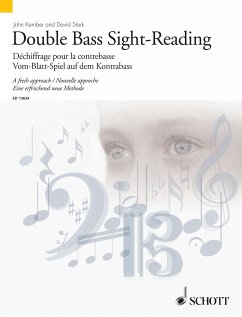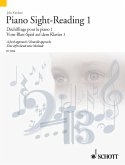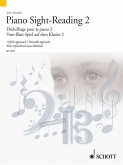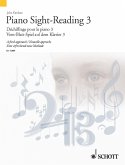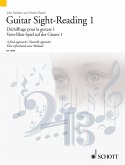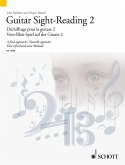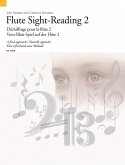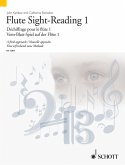This collection presents 195 carefully graded sight-reading pieces and exercises in a range of musical styles, for solo Double Bass. Taking an approach based on self-learning, the 11 sections of the book focus on developing different key technical skills as well as introducing the student to a plethora of musical terms. Each section of the book contains solos, as well as Double Bass duets, and pieces with piano accompaniment for practising ensemble sight-reading. Suitable for preliminary, to advanced level students. Part of the comprehensive Sight-Reading series published by Schott and edited by John Kember.
Dieser Download kann aus rechtlichen Gründen nur mit Rechnungsadresse in A, B, BG, CY, CZ, D, DK, EW, E, FIN, F, GR, H, IRL, I, LT, L, LR, M, NL, PL, P, R, S, SLO, SK ausgeliefert werden.

